The Steele dossier, now shown to be bogus, should send shockwaves of accountability through the media landscape.
One way to get a sense of how unsettling the recent developments of the Durham Report have been, confirming the fraudulent nature of the highly touted and obsessively reported FBI-backed document from British G-man Christopher Steele, is how little it is being reported on. Yesterday’s edition of CNN’s Reliable Sources was notably reticent about the matter. Brian Stelter’s media-centric program was not concerned with the biggest media scandal over the past couple of weeks.
Understand, Stelter loves to catalog the news stories Fox News fails to cover to his satisfaction, but his failure at giving light attention to this story is not a problem. He did find a way to cover the My Pillow CEO Mike Lindell for over eight minutes, however, to provide a sense of balance to his priorities.
Things are a bit different at the Washington Post, where their coverage of the Durham results has taken place, but theirs is an energy dedicated towards cleanup. As Bonchie covered recently, WaPo has undertaken the steps of rewriting past coverage of the saga involving the Steele dossier — in a rather significant fashion. This is not a case of some stealth edits and a brisk clarification at the end of a piece. The paper has literally overhauled its coverage and then re-released the articles.
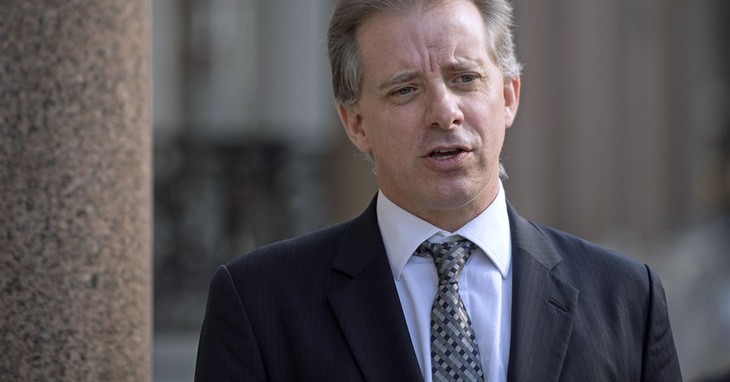
At the forefront of this are two pieces, in particular, written by Rosalind Helderman and Tom Hamburger. The basis is that a previously announced individual as a source of the dossier, business executive Sergei Millian, was no longer accurate, given the recent indictment of Igor Danchenko for perjury with the FBI. Danchenko’s arrest, as a result of the Durham probe, proves him to be the conduit of the intel in the dossier, and further, that he had been fed the details provided by a long suspected source — Hillary Clinton.
Danchenko may have gotten his information about the hotel encounter not from Millian but from a Democratic Party operative with long-standing ties to Hillary Clinton. The indictment doesn’t name the executive by name, but he has been identified as Charles Dolan Jr. by Dolan’s attorney, Ralph D. Martin
More than simple rewrites, these articles are being entirely overhauled. The newspaper’s Executive Editor Sally Buzzbee announced the work being undertaken on these entries.
The story’s headline was amended, sections identifying Millian as the source were removed, and an accompanying video summarizing the article was eliminated. An editor’s note explaining the changes was added.
But even beyond this, WaPo is making changes to another dozen articles the outlet has run over the years. Consider what this means; this is not chalked up to an error in one or two articles, but the newspaper’s entire coverage has been compromised and exposed. Years of reports and promises of bombshells have now been completely nullified. This is not a simple fix that can be swept aside — this is unspooling and affecting a great swath of the media complex.
Those two reporters — Hamburger and Helderman — were members of a consortium of reporters from WaPo and the New York Times awarded jointly the Pulitzer Prize for this coverage. Between the two publications, nine reporters were honored, involving 20 published articles on the subject. The committee acknowledged they won, “For deeply sourced, relentlessly reported coverage in the public interest that dramatically furthered the nation’s understanding of Russian interference in the 2016 presidential election and its connections to the Trump campaign, the President-elect’s transition team and his eventual administration.”
Those words are now ironic, given the explanations handed down by Washington Post executive editors. While there is no denying this Russian scandal was “relentlessly reported” (this is an apt description of over four years of recanting a lie), calling this deeply sourced is now a punchline, and to suggest the obfuscation and prevarications did anything approaching the furthering of understanding is just embarrassing.
The newspaper explains how poorly sourced this reporting has been. It is an amazing list of problematics, any one of which should have raised red flags within the paper’s editorial desks, but had been allowed to go forward for years.
– A collection of largely unverified reports that claimed the Russian government had compromising information about then-candidate Donald Trump.
– The Post could no longer stand by the accuracy of those elements of the story.
– The allegation, which the dossier said was confirmed by a second person described only as “Source E,” has never been substantiated.
– Steele’s dossier consisted of raw information and unconfirmed tips from unidentified sources.
– The new reporting included an interview with one of the original sources in its 2017 article, who now is uncertain that Millian was Source D.
Analysis | Republicans' Steele dossier conspiracy theory was dealt a big blow this weekend https://t.co/b556S6b8P0
— Glenn Kessler (@GlennKesslerWP) January 2, 2018
This fiasco of ethical problems has been awarded journalism’s highest honor, The Pulitzer Prize. The ramifications of this is not to be overlooked. Beyond the fact that these methods were not critically vetted, they were literally rewarded, provoking more of the same reporting and encouraging other outlets to strive for similar glory using entirely corrupt means to get notoriety.
This recent development calls into criticism a number of news outlets which not only repeated general claims, they contributed to the mounting storyline. The New York Times, in partnering with WaPo, is now suspect. The Wall Street Journal was front and center in naming Millian as the source. ABC News claimed it had independently verified Millian’s involvement. NPR forwarded claims that numerous sources were behind the dossier.
Then there were the signs of collusion between the government and journalists to “verify” the dossier, in order to build up the case known as Crossfire Hurricane. Unable to substantiate the dossier, the FBI made Steel available to the media. David Corn, of Mother Jones and Michael Isikoff, of Yahoo News, filed stories about the British agent, and these reports were considered corroborating evidence — despite it being the same evidence, only fed to the reporters. Their reports had been submitted with the dossier to get the FISA warrant on Carter Page, kicking off this entire ruse.
BuzzFeed then created a firestorm when the outlet published the leaked dossier, in January 2017. This gave every news outlet the rationale to now report on all the salacious details and run them as fact, despite providing disclaimers. The ensuing years of coverage can be boiled down to, “We cannot verify all the elements of this dossier are accurate, but we will report on it on a near-daily basis anyway.”
Now, it is all as worthless as spent tissues in a bus depot bathroom garbage can. What remains to be seen is how much accountability will take place. The cold truth is no major outlet is without blame on this story, with many culpable of gross negligence in forwarding elements they either knew to be incorrect or, at best, were unable to verify but ran anyway, in their zeal to join the media mob scene.
This is a welling scandal, and one with nothing but villains to be found, and no heroes to refer to as a tonic. It is a disgrace, and one that needs to be highlighted under interrogation floodlights.
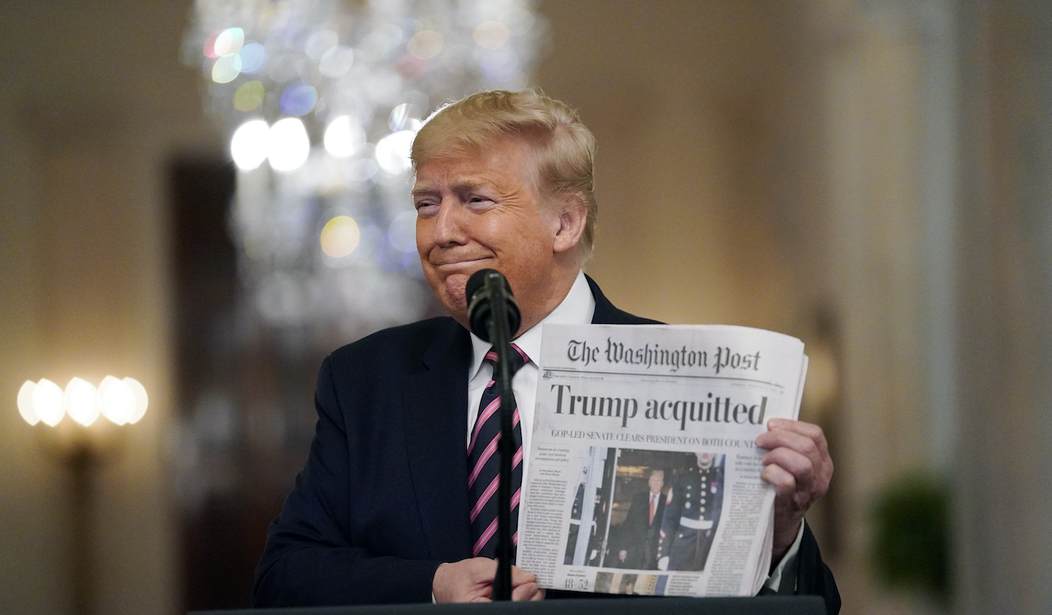




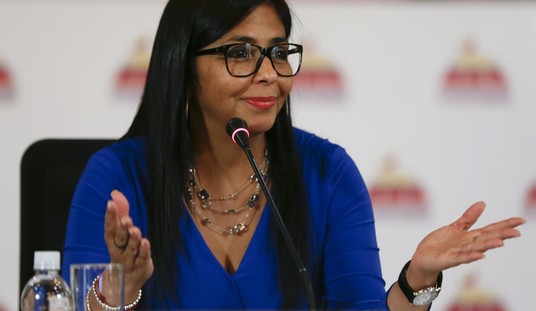






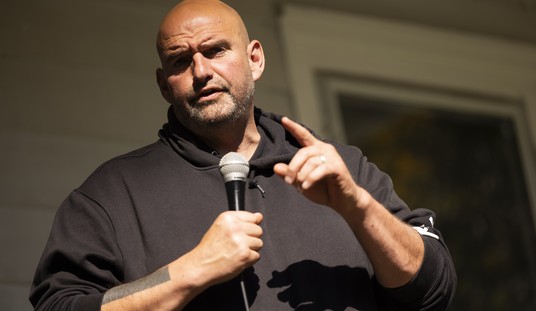
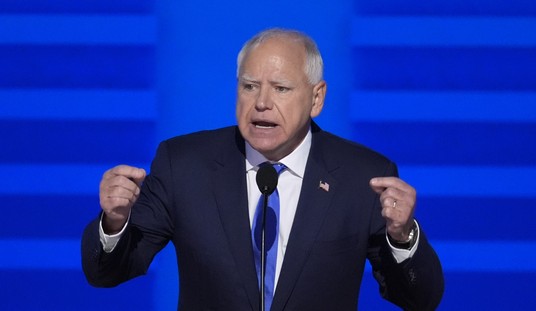

Join the conversation as a VIP Member